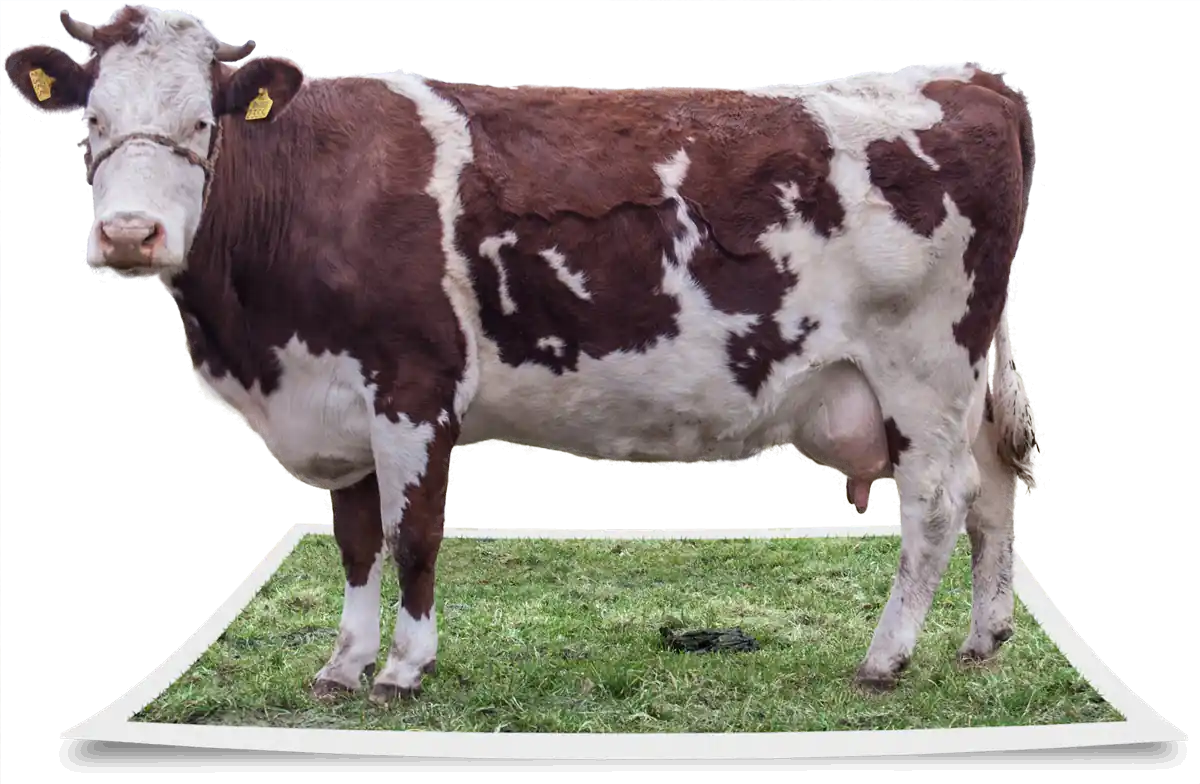CharlesBerger
Forensic Scientist
The actual exercise comes after the slides below (skip them if you like).
1 CriminalisticsCharles Berger
The wish is father to the thought...
- Prosecutor’s fallacy (transposed conditional)
- Defense fallacy
2 CriminalisticsCharles Berger

- Verdict of the Court:
“According to the examiner in his letter of July 7th 2000, the probability that the blood on the piece of glass came from someone other than the suspect is smaller than 1:53.000.000. This conclusion forms the basis for the Court’s conviction that the suspect and not a third committed the robbery.”
3 CriminalisticsCharles Berger

- Report of the examiner:
“The probability for a random individual to have the same DNA-profile as the one found in the examined blood on the piece of glass ABG758, is much less than one in a million.
The current number obtained statistically from our reference database of white Dutch people is one in 53 million.”
4 CriminalisticsCharles Berger

-
The Court:
The probability that the suspect is not the donor, is smaller than 1 in 53 million (given the match). -
The examiner:
The probability for a random donor to have the same profile is about 1 in 53 million.
or
If a random other person is the donor, the probability of a match is about 1 in 53 million.
5 CriminalisticsCharles Berger
The probability that
if
is about a in 53 million
the profiles match
the suspect is not the donor
6 CriminalisticsCharles Berger

The probability that
if
is very large
an animal has 4 legs
it is a cow
7 CriminalisticsCharles Berger
- Implicitly, far too low prior odds are taken
- Suppose feature occurs in 1 out of 10,000 sources
- Defense fallacy: there are another 1700 people in the Netherlands that could have left this trace. Probability that it was the suspect is therefore only 1/1700 !
- The error is that the offender population is smaller than “all Dutch” because of other evidence and information
8 CriminalisticsCharles Berger
- Which are the hypothesis words?
- Which are the observation words?
- Is the probability statement on the observation words, or on the hypothesis words?
- If the expert made a statement on the probability of the hypotheses, it is a wrong statement
9 CriminalisticsCharles Berger
In the next slides select (part) of the observation or hypothesis words, then click the corresponding button. You will get feedback and colors will indicate the right answer. Then choose if this would be a right or wrong statement for an examiner to make.
10 CriminalisticsCharles Berger
For a DNA-profile you can precisely calculate the probability that it came from a random person: the ‘random match probability’.
11 CriminalisticsCharles Berger
The probability that a random person has the same DNA-profile as the trace from the crime scene is smaller than 1 in a billion.
12 CriminalisticsCharles Berger
The measured temperature of the deceased victim is more probable if the victim died at the time of the defense scenario, than at the time of the prosecution scenario.
13 CriminalisticsCharles Berger
We saw similarities in the toolmarks, making it a bit more probable that the tool marks came from the screwdriver of the suspect than that they came from some other screwdriver.
14 CriminalisticsCharles Berger
Because the chromatograms are very similar, it is more likely that the gasoline used to start the fire came from the jerry can of the suspect, and not from some other source.
15 CriminalisticsCharles Berger
It is more likely that the abnormalities did arise under the non-accidental injury hypothesis than under the accidental injury hypothesis.
16 CriminalisticsCharles Berger
The combination of findings in the head is slightly more likely under the ‘inflicted’ hypothesis than under the ‘accidental causation’ hypothesis.
17 CriminalisticsCharles Berger
It is somewhat more likely that the combination of injuries was inflicted rather than accidental.
18 CriminalisticsCharles Berger
Based on the observed trauma, this case has a 10–100 times larger probability of having a non-accidental than an accidental cause.
19 CriminalisticsCharles Berger
Both the bruises and rib fractures are more likely under the hypothesis of a non-accidental cause than under the hypothesis of an accidental cause.
20 CriminalisticsCharles Berger
© 2005-2025 Charles Berger Home